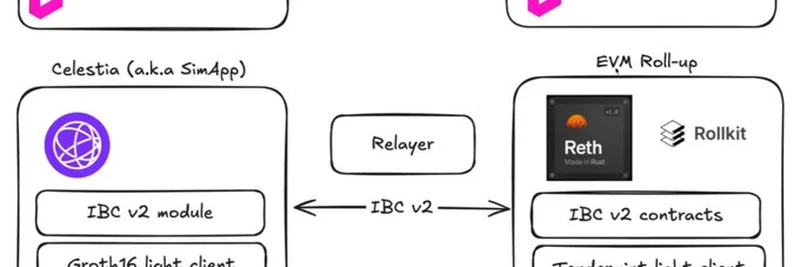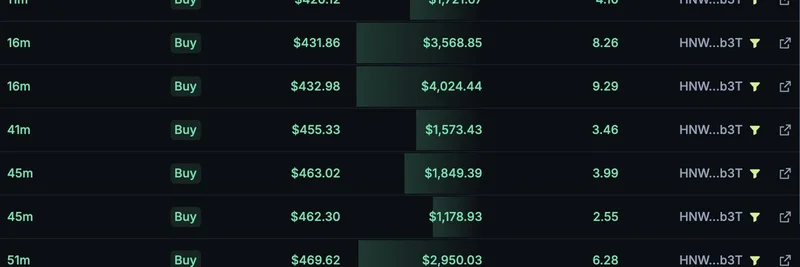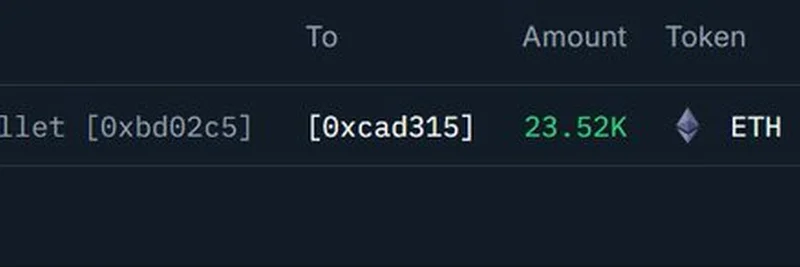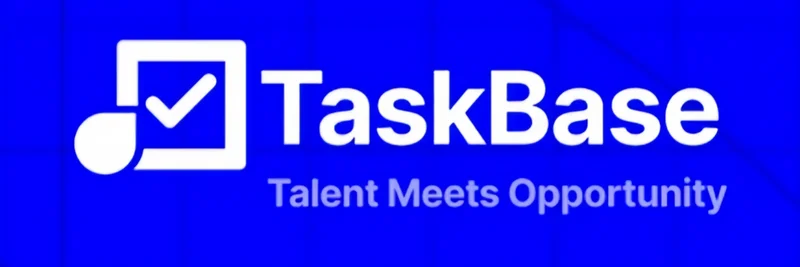Hey there, crypto enthusiasts! If you’ve been keeping an eye on the blockchain world, you’ve probably heard about Celestia, a modular blockchain network that’s shaking things up. Recently, Nick White from xAI dropped an exciting tweet [https://x.com/nickwh8te/status/1952394608190935088] highlighting two major updates from Celestia: the Lotus upgrade and the Lazybridging demo. Let’s dive into what this means for the future of blockchain tech!
What’s the Buzz About Celestia’s Updates?
Celestia is all about making blockchain more flexible and efficient with its modular approach. The Lotus upgrade, which went live last week, brought some cool changes. It reduced the issuance of TIA (Celestia’s native token), locked staking rewards, and enabled TIA bridging using Hyperlane. This means you can now move TIA across different chains more seamlessly—think of it like upgrading from a local road to a superhighway for your crypto!
But the real star of the show is the Lazybridging demo. This is the first version of Celestia’s native interoperability stack, and it’s a game-changer. The demo shows how TIA can be bridged from a simulated Celestia (called SimApp) to a ZK EVM rollup and back again, all securely. Let’s break down the diagram Nick shared to see how this works.
Decoding the Lazybridging Diagram
The image Nick posted gives us a peek under the hood. Here’s a simple rundown:
- Celestia (a.k.a. SimApp): This is the simulated version of Celestia, equipped with an IBC v2 module and a Groth16 light client. Think of it as the starting point where TIA begins its journey.
- EVM Roll-up: On the other side, we have an EVM (Ethereum Virtual Machine) rollup, powered by tools like Reth and Rollkit. It uses IBC v2 contracts and a Tendermint light client to connect.
- Relayer: The middleman, or relayer, ensures smooth communication between the two using IBC v2. It’s like a messenger carrying data back and forth.
- Provers: Both Celestia and the EVM rollup have provers (Celestia Prover and EVM Prover) that verify everything is legit using zero-knowledge proofs—super secure stuff!
This setup lets different blockchains talk to each other without the usual headaches, thanks to IBC v2 (Inter-Blockchain Communication version 2), an open standard for connecting independent ledgers.
Why Should You Care?
So, why does this matter? Lazybridging aims to make using blockchain apps feel as easy as browsing the web. Imagine using one wallet to interact with apps on different chains—pretty cool, right? It’s all about breaking down the walls between blockchains, letting developers build wherever they want and users access assets from anywhere. Plus, with the Lotus upgrade’s staking and inflation tweaks, Celestia is balancing rewards to keep the network secure and attractive.
The Bigger Picture
This move aligns with Celestia’s goal of creating a “single-chain” experience. By adding zero-knowledge (ZK) verification to its base layer, Celestia is paving the way for faster, frictionless interactions. The Lazybridging demo is just the beginning—future updates could connect even more chains, from Ethereum to Arbitrum, making the blockchain world more interconnected than ever.
If you’re into meme tokens or blockchain innovation, keep an eye on Celestia. Projects like this could inspire new meme coin ecosystems built on modular rollups! For more details, check out the official Celestia blog [https://blog.celestia.org] or follow the conversation on X.
What do you think about this interoperability breakthrough? Drop your thoughts in the comments—we’d love to hear from you!




